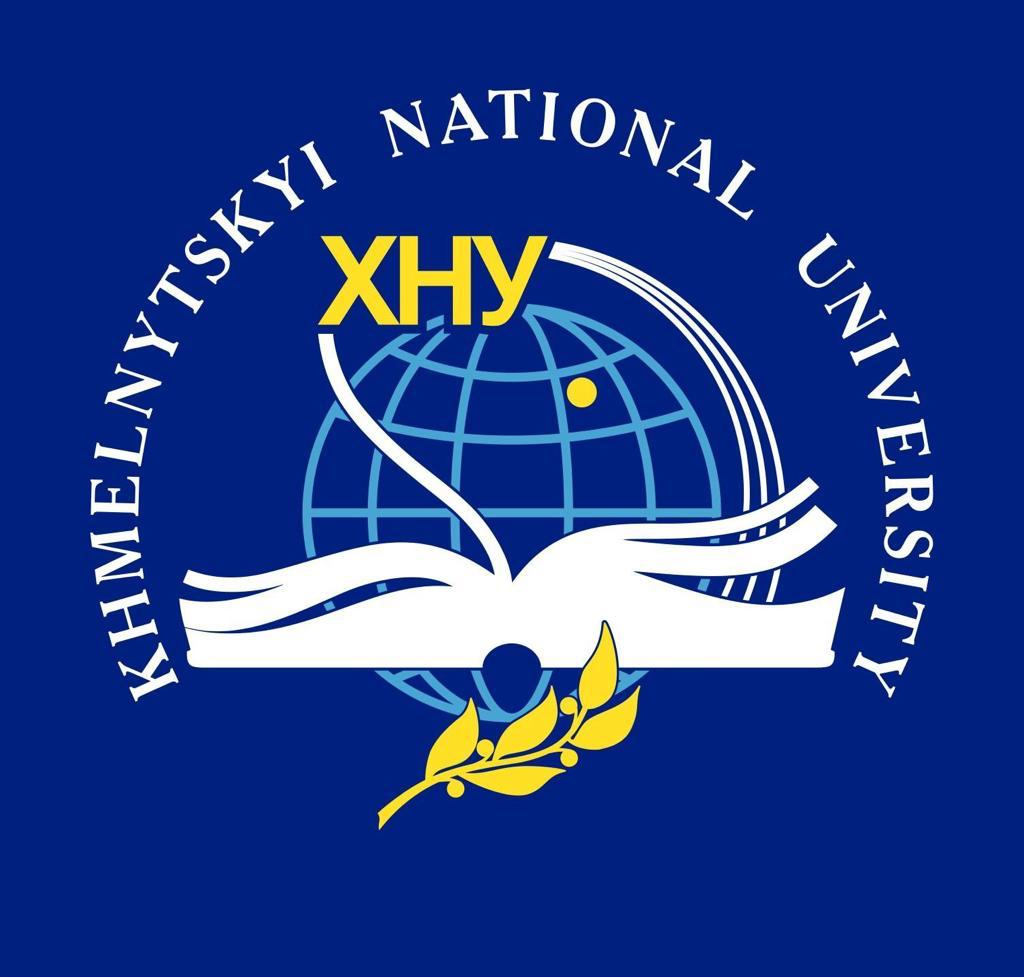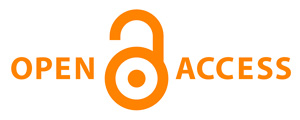ANALYSIS OF INITIAL PHYSICAL FITNESS INDICATORS OF HANDBALL PLAYERS AT THE PRELIMINARY BASIC TRAINING STAGE AS A BASIS FOR EXPERIMENTAL RESEARCH
DOI:
https://doi.org/10.31891/pcs.2025.1(1).71Keywords:
handball, physical fitness, statistical analysis, goodness-of-fit test, training methodologiesAbstract
Athletes' physical fitness is a key factor determining their performance in competitive activities. This is particularly relevant in handball, where a combination of speed-strength qualities, coordination, and endurance is critical for effective gameplay. An objective assessment of physical fitness at different stages of the training process is an essential aspect of the scientific approach to sports preparation. Research objective: To determine the statistical significance of differences in the physical fitness of handball players in the experimental and control groups at the initial stage of the study, substantiating the homogeneity of the samples and further analyzing the effectiveness of training interventions. To achieve this, an analysis of test results for four key indicators was conducted: a 30-meter sprint, standing long jump, and medicine ball throw with the left and right hands. Research object: The physical fitness of handball players at the preliminary basic training stage and its statistical analysis within the framework of an experimental study. Research subject: The statistical significance of differences in the distribution of the levels of physical fitness indicators' formation among handball players in the experimental and control groups based on test results. The χ2 goodness-of-fit test was applied to assess the uniformity of the distribution of athletes in groups according to the levels of formation of the studied indicators. Research results. The data analysis showed that the χ2 test values in all cases did not exceed the critical threshold values for significance levels of α=0.05 and α=0.01, confirming the null hypothesis of the absence of statistically significant differences between the experimental and control groups. This indicates their homogeneity at the initial stage of the study, which is a crucial methodological aspect for further evaluation of training effectiveness. The study confirmed the lack of significant differences between the groups at the initial stage, providing the foundation for further analysis of the impact of experimental training methodologies.Conclusions. The obtained results ensure the correctness of the experimental design and the validity of conclusions regarding the effects of various training methodologies on athletes' physical condition. These findings can be used for the further development of differentiated training programs, taking into account the initial level of physical fitness, contributing to the improvement of handball players' performance and optimizing training loads in the preparation process.
References
Antomonov M. YU., Korobeynikov H. V., Khmelʹnytsʹka I. V. (2021). Matematychni metody obroblennya ta modelyuvannya rezulʹtativ eksperymentalʹnykh doslidzhenʹ [Mathematical methods of processing and modeling the results of experimental research]. Kyyiv: Olimpiysʹka literatura, 216 s. [in Ukrainian]
Akhmetov R. F., Kutek T. B. (2022). Metodyka i metodolohiya naukovykh doslidzhenʹ u fizychnomu vykhovanni ta sporti [Methodology and methodology of scientific research in physical education and sports]: navch. posib. Zhytomyr : Vyd-vo ZHDU imeni I. Franka, 192 s. [in Ukrainian]
Karaulova, S. I., Omelʹyanenko, H. A., Petrov, V. O., Voronkova, T. V., Bublyk, S. A. (2024). Innovatsiynyy pidkhid do metodyky vdoskonalennya fizychnoyi pidhotovky sport·smeniv u sportyvnykh ihrakh [Innovative approach to the methodology of improving the physical training of athletes in sports games]. Olympicus, (1), 51–58. [in Ukrainian]
Aouichaoui, C., Krichen, S., Tounsi, M., Ammar, A., Tabka, O., Chatti, S., ... & Trabelsi, Y. (2024). Reference Values of Physical Performance in Handball Players Aged 13–19 Years: Taking into Account Their Biological Maturity. Clinics and Practice, 14(1), 305-326.
Ilkhomjon, E. (2024). Improving and applying preliminary training of handball players'playing techniques. Prospects and main trends in modern science, 2(13), 416-420.
Lochman V., Tyshchenko V., Tovstopiatko F., Pyptiuk P., Ivanenko S., Pozmogova N. (2021). Use of innovative technical means to increase the training process effectiveness in handball. Journal of Physical Education and Sport, 21 (4), Art 215, 1695–1704.
Tyshchenko V., Lisenchuk G., Odynets T., Cherednichenko I., Lytvynenko O., Boretska N., Semeryak Z. (2019). The concept of building control for certain components of the system for training handball players. Journal of Physical Education and Sport, 19(4), Art 200, 1380-1385.
Tyshchenko V., Tyshchenko D., Andronov V., Ivanenko S., Adamchuk V., Hlukhov I., Drobot K. (2024). Comprehensive evaluation of efficiency to identify deficiencies in muscle activity in different modes in team sports. Wiadomości Lekarskie Medical Advances, LXXVI(2), 194-200.
Victor, D., & Dan, C. (2024). Study on the level of specific physical training in junior ii handball players. Ovidius University Annals, Series Physical Education and Sport/Science, Movement and Health, 24(1), 21-26.
Downloads
Published
How to Cite
Issue
Section
License
Copyright (c) 2025 Андрій АПАНАСЕНКО , Валерія ТИЩЕНКО

This work is licensed under a Creative Commons Attribution 4.0 International License.





